
This activity guides students to find lines of symmetry in various shapes.
- Subject:
- Mathematics
- Material Type:
- Lesson Plan
- Provider:
- MathsIsFun.com
- Author:
- MathIsFun.com
- Date Added:
- 04/04/2017

This activity guides students to find lines of symmetry in various shapes.

In this activity, students will examine examples of laws from Hammurabi's Code from the ancient Babylonian civilization. In small groups, they will determine what those laws tell them about the ancient civilization.

Students should be able to name three sports or activities that they enjoy, name two ways they can be more active every day, and explain why exercise is important to keep bodies healthy
and feeling good.

In this guide to John Steinbeck's The Acts of King Arthur and his Noble Knights, students will learn the background of the book as well as the author, and deepen their understanding of the text through indepth discussion questions.

What techniques are used to ?normalize? and glamorize a look to sell products to young people? How can media messages be analyzed and interpreted? How can media (including advertising) help shape perceptions of what girls and boys should look like, beginning at very young ages? How can these perceptions affect mental and physical health? The following activity will help students answer each of the questions as they learn how media advertisements affect the way teens see themselves and others.
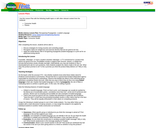
Students will discuss strategies for toning muscles and controlling weight, recognize claims for weight-loss and exercise devices that are too good to be true, and apply the media literacy skill of recognizing propaganda (loaded language) to a print ad for an abdominal toning device.
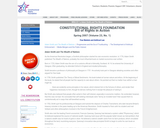
In this lesson, students examine the major principles and economic theories provided in the book The Wealth of Nations. They will also compare Smith's "free market mechanism" with mercantalism. A set of discussion questions is provided. In an associated activity, students will consider and discuss whether or not Adam Smith would agree with government interventions in the economy today.

In this lesson, students explain genetic variation and natural selection and describe how an organism with traits better suited for their environment is more likely to survive.

This resource is a lesson plan in which students will use clues from bird beaks and feet to design a bird. They will then write about the environment of that bird and how its structures enable it to survive.

In this lesson plan, students retell a story using costumes and props to reinforce sequencing.

In this lesson, students will create an animal that is camouflaged for a certain area of the classroom.

Students watch a video of a gliding lizard to examine characteristics that enable flight. They record in chart form characteristics and abilities of four pterosaurs to see how these animals adapted to survive over millions of years.

This lesson outlines teacher-led discussion on the topic of migration as an adaptive behavior in response to changes in the animal's environment. Journaling questions are also provided to help build each student's individual understanding.

Students investigate conditions in the deepest parts of the ocean, make inferences about ocean creatures based on their physical characteristics, and design creatures that could survive in the Mariana Trench.
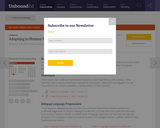
In this lesson based on St. Lucy's Home for Girls Raised by Wolves, students will discuss the extent to which the main character of the story has adapted to human society. Students will make a claim and support that claim with textual evidence.
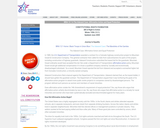
In this lesson, students examine the historical development, implementation, and opposition to affirmative action, with emphasis placed on a specific Supreme Court cases. A set of discussion questions is provided. In an associated activity, the class will review several affirmative action programs and make a list for each program. Then they will examine these reasons and decide whether they are "compelling" enough to be constitutional.
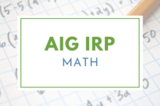
Students will play a card game involving addition and reasoning. This lesson was developed by NCDPI as part of the Academically and/or Intellectually Gifted Instructional Resources Project. This lesson plan has been vetted at the state level for standards alignment, AIG focus, and content accuracy.

Students will experience multiple strategies to add and subtract within 5 to develop fluency.
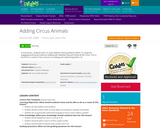
In this lesson, students learn to solve addition word problems within 10 using the engaging book by Jill Anderson Adding with Sebastian Pig and Friends At the Circus. This is the first in a series of four lessons on adding and subtracting within 10.

Students reason about the meaning of adding fractions with unlike denominators in the context of an example problem. The mathematics task is intended to be a problem or question that encourages the use of mathematical practices. The dialogue is meant to show how students might engage in the mathematical practices as they work on the task.